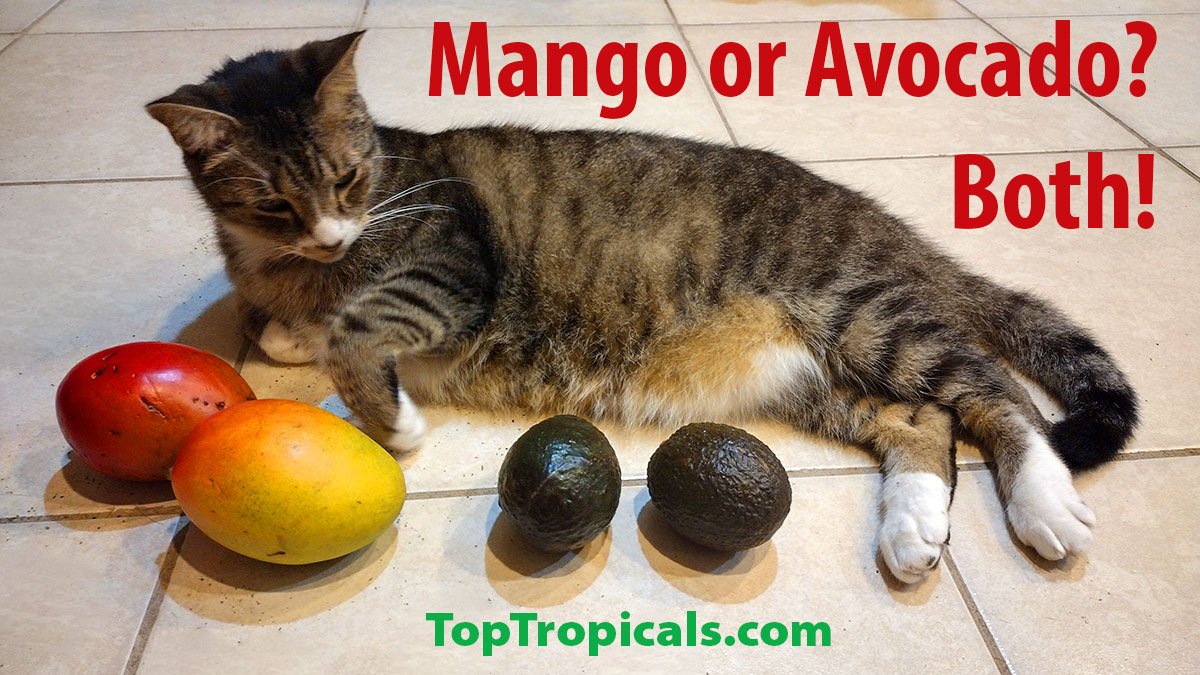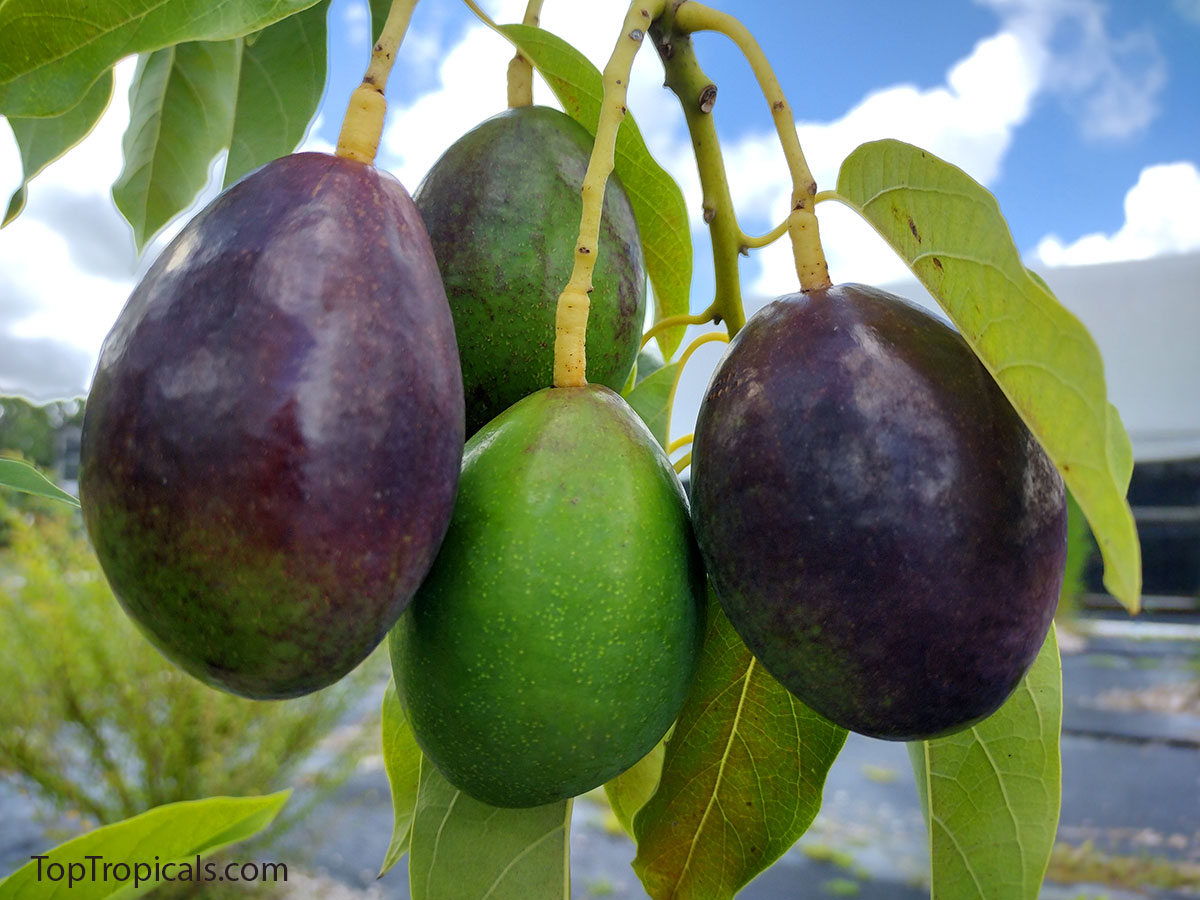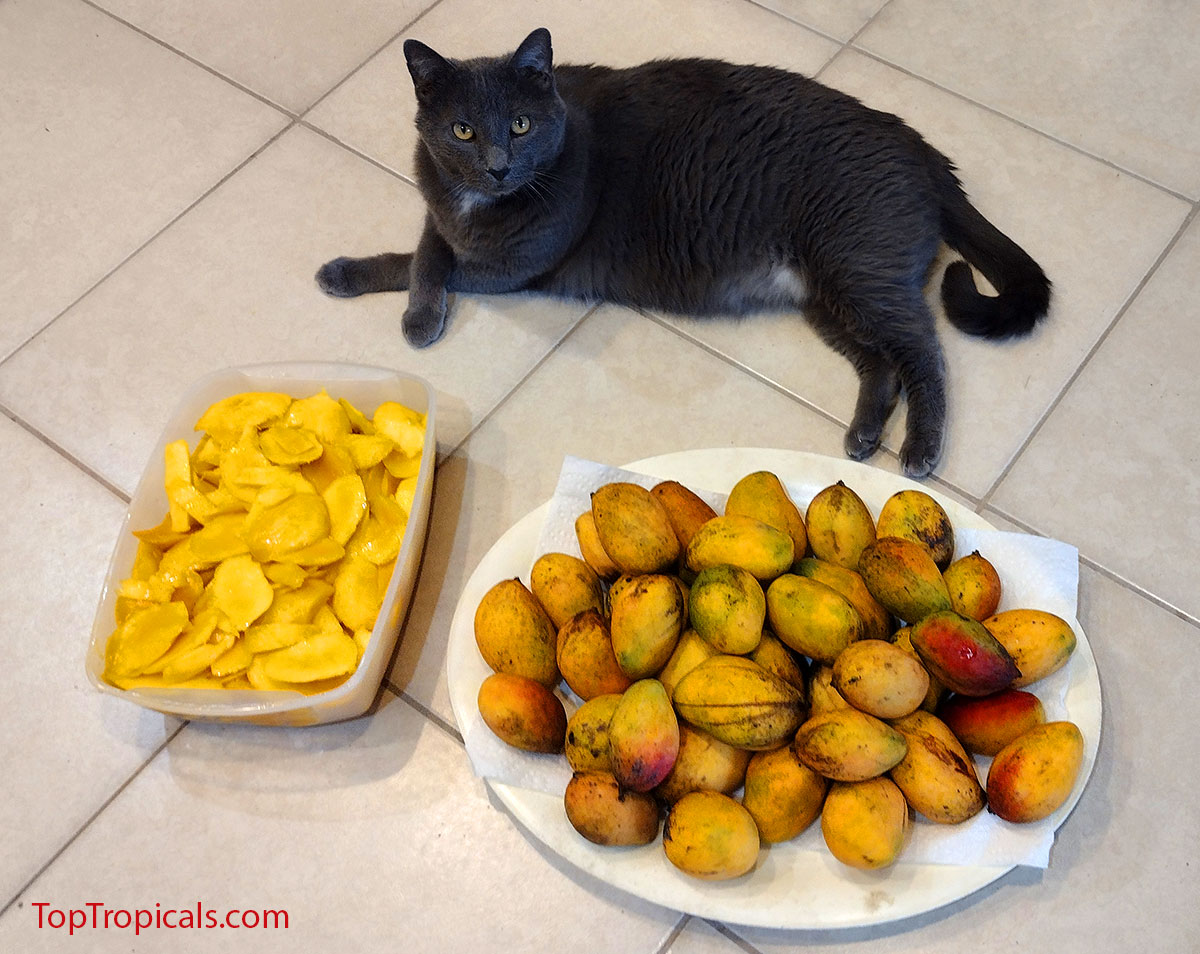Date: 9 Nov 2023
Veterans Day: November 11
Special Deals
Our special Veterans Day sale on tropical plants is a salute to those who served! Enjoy this discount code - a small token of gratitude for our heroes:
VETERANS23
Your savings with this code:
5% off orders $100+
10% off orders $150+
15% off orders $200+
Excluding S/H. Exp. 11-12-23
Mango & Avocado Super Sale!
Instant 20% off Mango and Avocado trees
Celebrate Veterans Day with the taste of the tropics! Indulge in our exclusive offer on Mango and Avocado trees, available now at unbeatable prices. With the discount code above, your qualified purchase of these trees can be as low as:
$64 for Mango trees
$61 for Avocado trees
Hurry up! Limited time quantities - while supply lasts!



